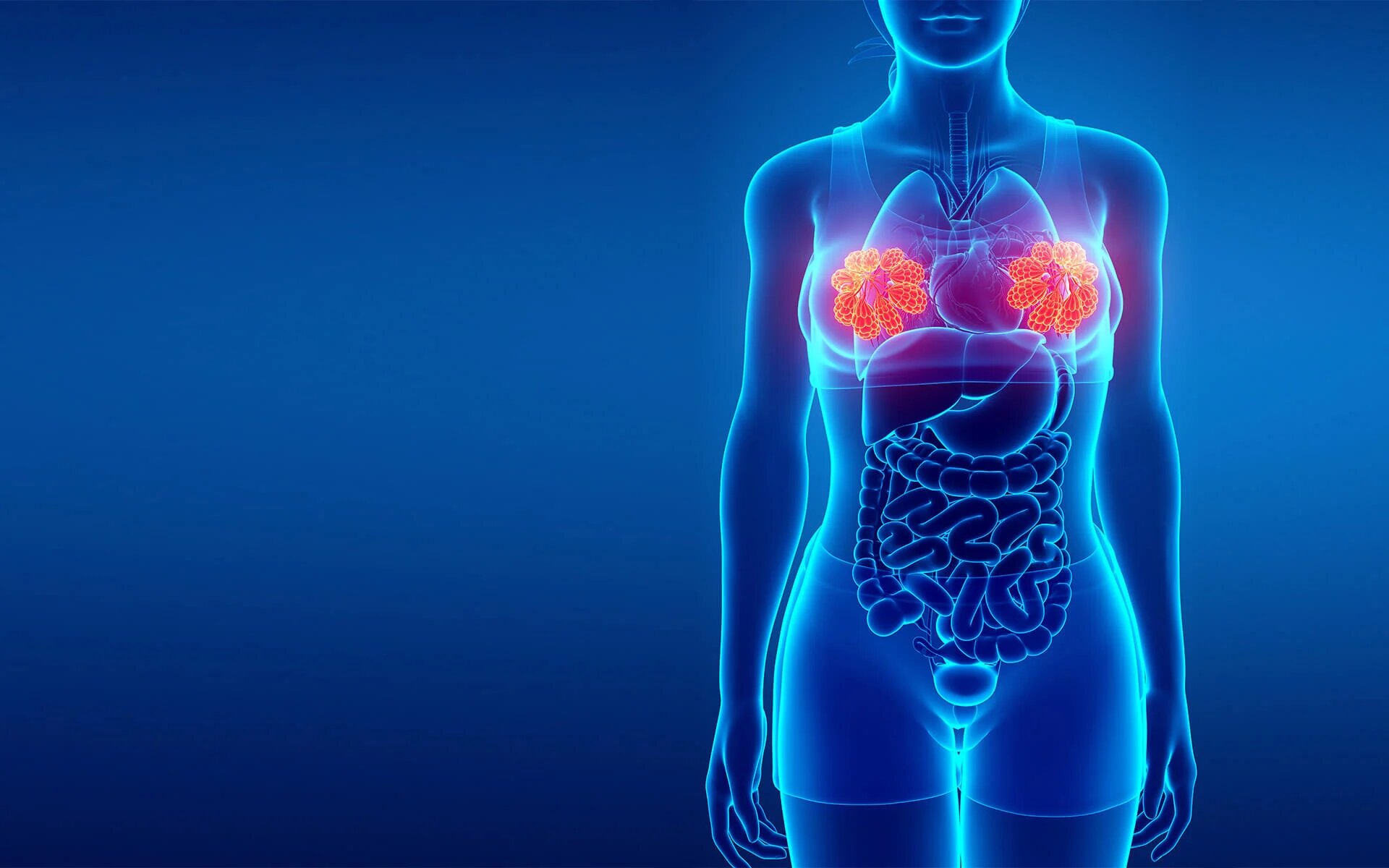Breast reconstruction surgery is a transformative procedure that aims to restore the appearance and symmetry of the breasts following mastectomy or lumpectomy. While many patients achieve satisfactory results with their initial reconstruction, some may require revision surgery to address complications, refine aesthetic outcomes, or improve functional concerns. Revision of breast reconstruction encompasses a range of surgical techniques designed to optimize the results of primary reconstruction and address any issues that may arise during the healing process. This article explores the various aspects of breast reconstruction revision, including indications, procedures, considerations, and advancements in surgical techniques.
Understanding Breast Reconstruction Revision
Breast reconstruction revision encompasses a diverse array of surgical procedures aimed at improving the outcomes of primary breast reconstruction. These revisions may be performed for several reasons, including:
- Complications: Such as implant rupture, capsular contracture, tissue necrosis, or asymmetry.
- Aesthetic Refinement: To address concerns such as unevenness, contour irregularities, or dissatisfaction with breast size or shape.
- Functional Improvements: To enhance range of motion, address discomfort, or correct issues related to implant position or mobility.
Revision surgery may involve adjustments to the reconstructed breast(s), the donor site (if autologous tissue reconstruction was performed), or both, depending on the individual’s needs and goals.
Common Procedures in Breast Reconstruction Revision:
- Implant Exchange: In cases of implant-related complications or aesthetic dissatisfaction, the existing implants may be replaced with different sizes, shapes, or materials to achieve improved outcomes.
- Capsulectomy or Capsulotomy: Removal or release of scar tissue (capsule) that forms around breast implants, commonly performed to address capsular contracture or implant malposition.
- Fat Grafting: Utilizing liposuction to harvest fat from other areas of the body and injecting it into the breast to improve volume, contour, and symmetry.
- Scar Revision: Refinement of incision scars to minimize their visibility and improve aesthetic outcomes.
- Tissue Flap Revision: Adjustment or refinement of autologous tissue flaps to improve contour, symmetry, or address donor site issues.
Considerations and Patient Eligibility
Before undergoing breast reconstruction revision, patients and surgeons must carefully evaluate the indications, risks, and potential benefits of the procedure. Considerations include:
- Patient Expectations: It’s essential for patients to have realistic expectations regarding the outcomes of revision surgery, as complete symmetry or perfection may not always be achievable.
- Overall Health: Candidates for breast reconstruction revision should be in good overall health and free from medical conditions that may increase the risks of surgery or compromise healing.
- Previous Treatments: Patients should disclose any previous treatments, surgeries, or complications related to their breast reconstruction, as this information will guide the revision plan.
Advancements in Breast Reconstruction Revision Techniques
Advancements in surgical techniques and technology have significantly improved the outcomes of breast reconstruction revision:
- 3D Imaging and Simulation: Advanced imaging technology allows surgeons to visualize potential outcomes of revision surgery and plan interventions with greater precision.
- Endoscopic Approaches: Minimally invasive endoscopic techniques enable surgeons to perform complex revisions with smaller incisions, resulting in reduced scarring and faster recovery.
- Regenerative Medicine: Emerging techniques utilizing regenerative therapies, such as platelet-rich plasma (PRP) or stem cell therapy, may promote tissue healing and improve outcomes in revision surgery.
Conclusion
Breast reconstruction revision plays a crucial role in optimizing the outcomes of primary breast reconstruction and addressing any complications or concerns that may arise during the healing process. By utilizing a combination of surgical techniques, aesthetic refinements, and technological advancements, plastic surgeons can help patients achieve improved symmetry, contour, and overall satisfaction with their reconstructed breasts. Through careful evaluation, personalized treatment planning, and ongoing innovation, breast reconstruction revision continues to evolve as a vital component of comprehensive breast cancer care and reconstruction.
